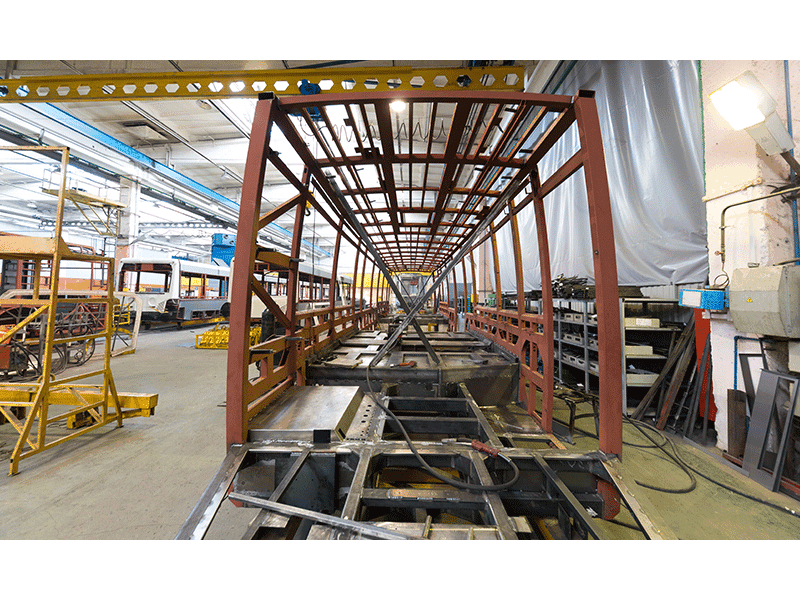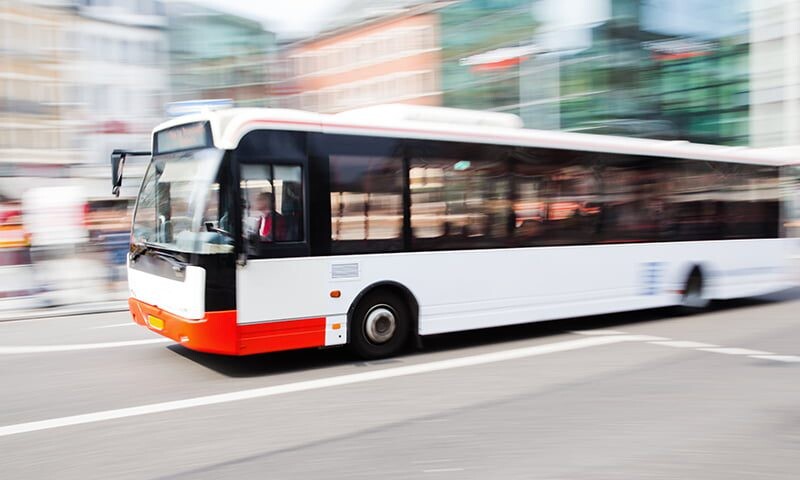May 26, 2021 - 10 min
How Megatrends are Shaping the Bus Manufacturing Process

As sustainability and technology megatrends continue to shape today’s landscape, bus manufacturing is shifting to address these changes in the following ways:
-
Electric and Hybrid Buses
Traditionally, public buses have been diesel-driven. As demand for public transportation has risen, it’s caused greater volumes of carbon dioxide emissions to be released into the air. To address environmental concerns and the push for sustainability, bus manufacturers are turning toward alternative operating options.
In particular, these other options include battery electric and alternate fuel (hybrid buses). However, high upfront costs for battery electric buses have deterred OEMs from going this route initially. Yet as these alternative options gain global popularity, technological advancements to manufacturing processes are making these buses more of a reality. These advancements include:
- Wireless charging
- Regenerative braking
As a result, it’s likely that electric and hybrid buses will be the fastest growing types of buses in upcoming years. Therefore, it’s important for bus manufacturers to ensure they have the right equipment and manufacturing capabilities to build these types of buses.

-
Intelligent Buses
In addition to electric and hybrid buses, buses that offer additional, technologically advanced capabilities will also likely be focus for manufacturers. These include:
- Digital displays
- Electronic payment systems
- Automated stop announces
- WiFi devices
This shift also helps buses appeal to consumer preference for technology and connectivity, especially as rideshare rises in popularity.
--
For more information on how public transportation is changing and certain megatrends driving these shifts, view APTA’s Public Transportation Fact Book. You can also learn more about materials used in their manufacturing process:
To stay up to date on bus trends and adhesives for bus manufacturing, sign up for Bostik’s email list today.
